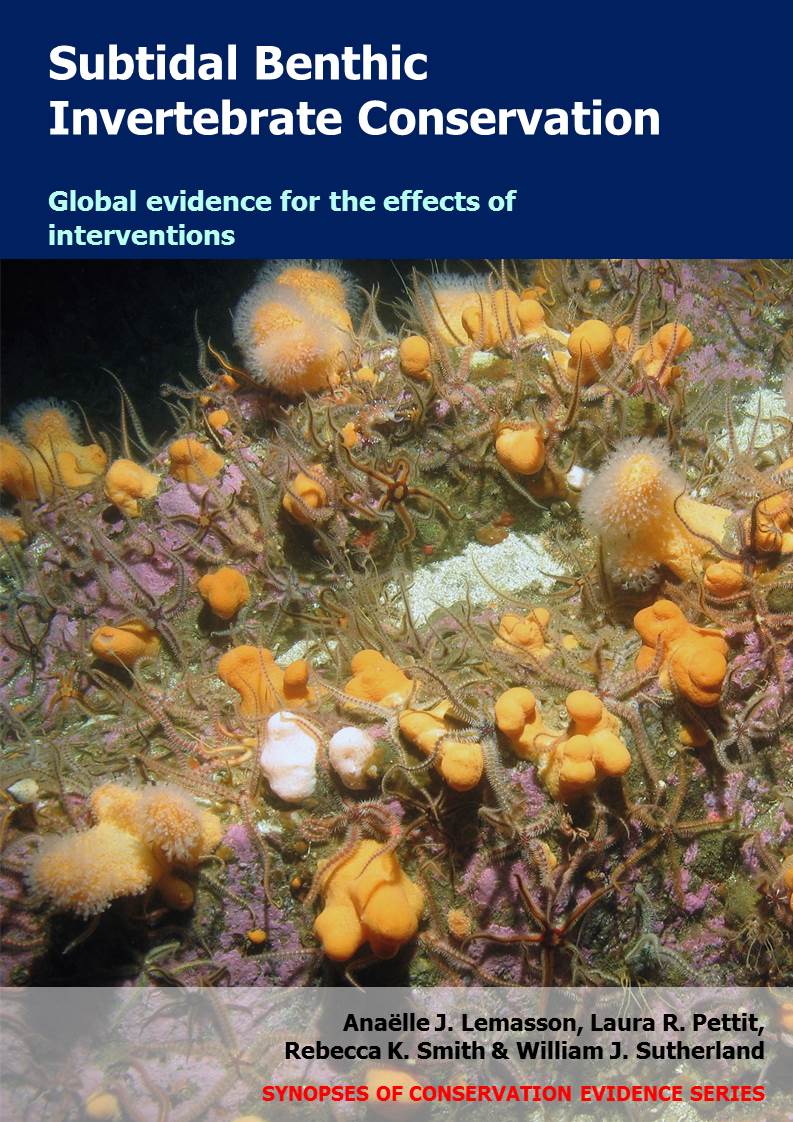Use different bait species in traps
-
Overall effectiveness category Unknown effectiveness (limited evidence)
-
Number of studies: 1
View assessment score
Hide assessment score
How is the evidence assessed?
-
Effectiveness
1% -
Certainty
37% -
Harms
0%
Study locations
Supporting evidence from individual studies
A replicated, controlled study in 2014–2015 in two seabed areas in the South Pacific Ocean, New Zealand (Major et al. 2017) found that the type of bait used in the New Zealand scampi Metanephros challengeri pot fishery did not change the amount of unwanted invertebrates caught, in either area. The amount of unwanted invertebrates caught was similar in pots baited with mackerel Scomber australasicus, barracouta Thyrsites atun, or squid Nototodarus sloanii (abundance data not shown). In two areas, three bait species were tested: mackerel vs squid, and barracouta vs squid (mackerel vs barracouta not tested). At Chatham Rise from November–December 2014, traps baited with either mackerel or squid (equal number of traps) were tested during three deployments (three 500 m lines of 30 traps/deployment). At Cape Palliser in April 2015, traps baited with either barracouta or squid (equal number of traps) were tested during three deployments (one 500 m line of 30 traps/deployment). Traps were recovered after 18 hours, and unwanted invertebrate catch identified and counted.
Study and other actions tested
Where has this evidence come from?
List of journals searched by synopsis
All the journals searched for all synopses
This Action forms part of the Action Synopsis:
Subtidal Benthic Invertebrate Conservation





)_2023.JPG)














